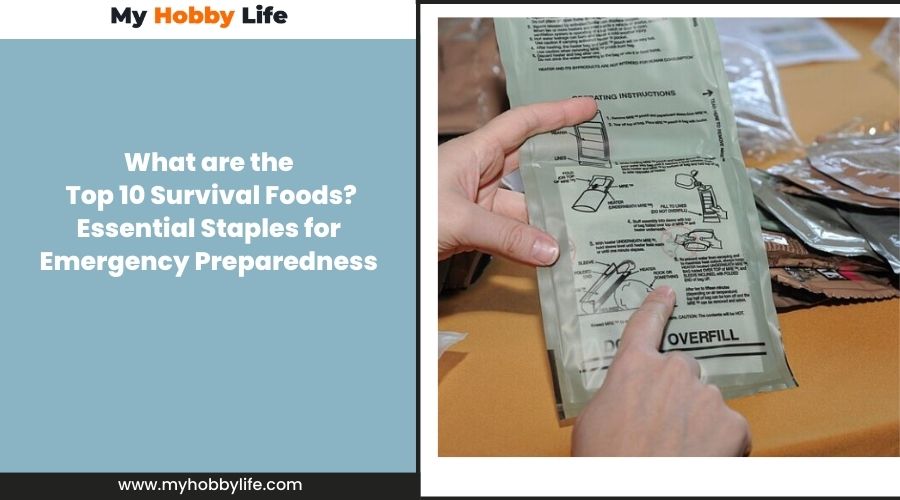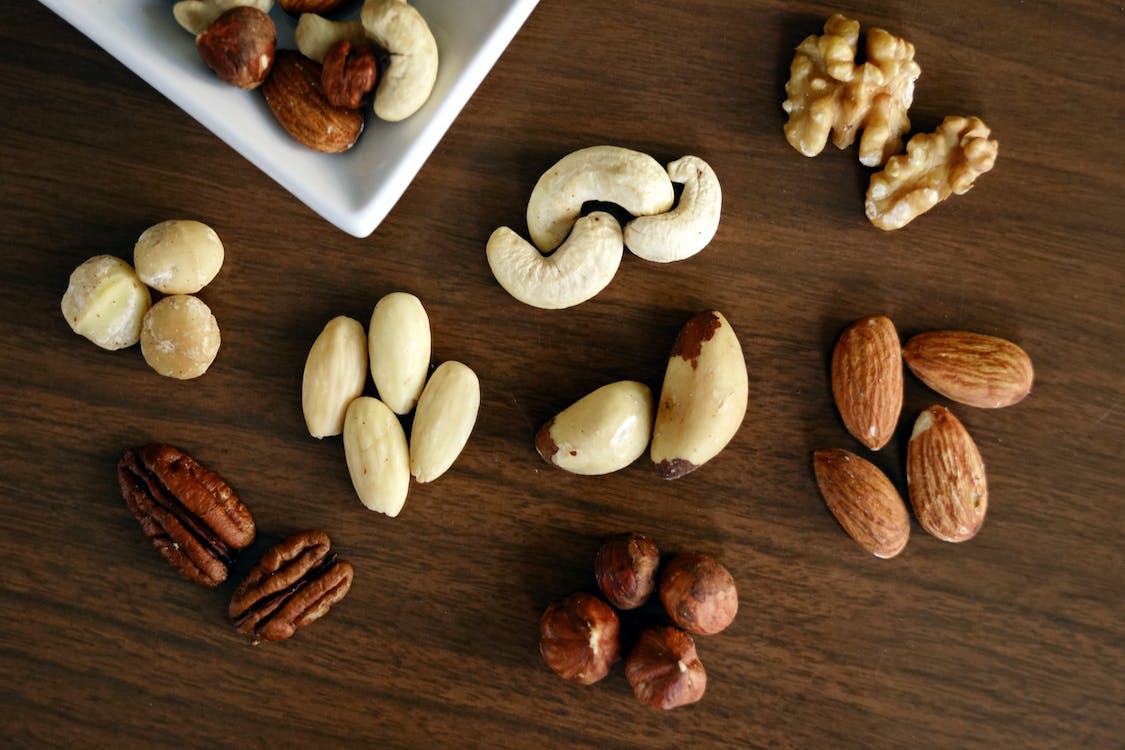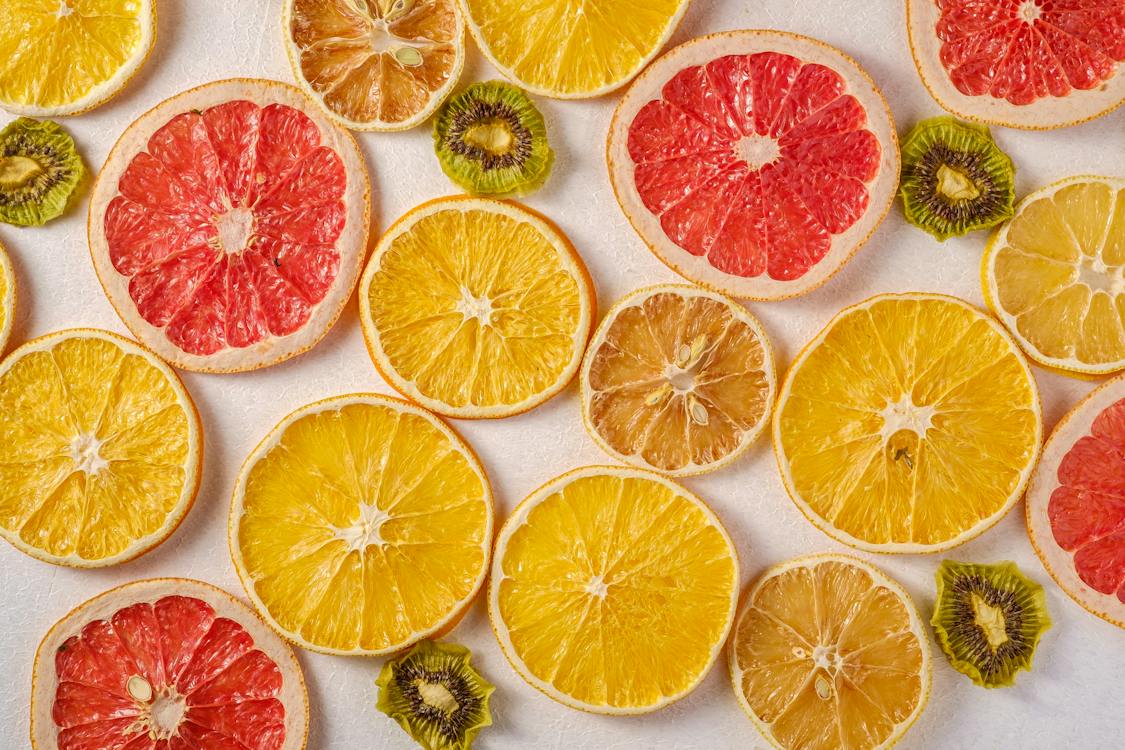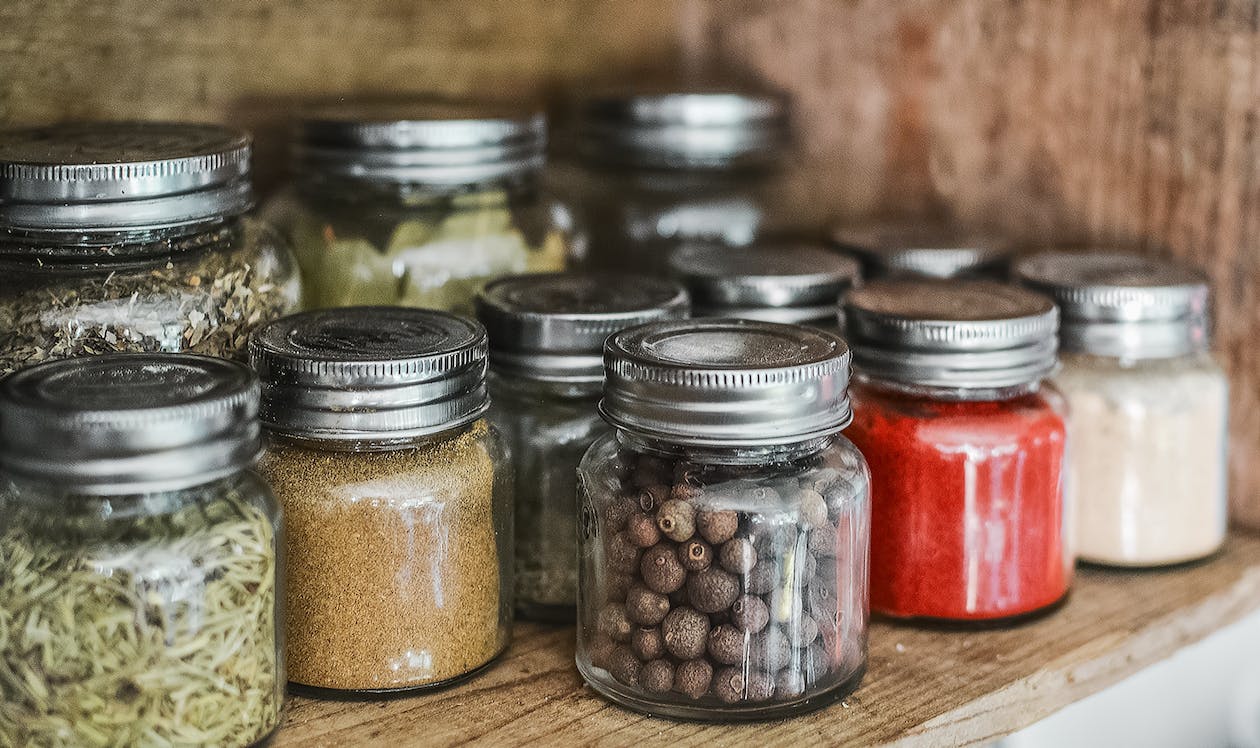When considering preparedness, one of the most crucial aspects is being able to sustain oneself in the face of adversity. Survival foods are specially designed to meet nutritional needs while offering long shelf lives and ease of preparation, making them indispensable for emergencies or outdoor adventures. With a myriad of options available on the market, it can be challenging to discern which foods are truly essential for a survival situation.
The key to selecting the top survival foods lies in their nutritional density, shelf stability, and ease of preparation. Foods that are high in calories and nutrients yet require minimal water and cooking are prized in emergency scenarios. Companies like Mountain House and Datrex have earned reputations for their reliable survival food products, providing balanced meals and energy bars designed to meet the needs of individuals in distress.
In assembling a survival food kit, the goal is to cover the basics that will support survival: proteins, carbohydrates, fats, vitamins, and minerals. From freeze-dried meals offering comfort and taste, to energy-dense bars that can sustain a person for days, the survival food industry has innovated a range of products to suit different needs. This includes compact, high-calorie food bars designed for short-term emergencies and comprehensive food buckets for long-term planning, ensuring there’s a fit for every kind of emergency preparedness plan.
Importance of Survival Foods
In the context of emergencies, survival foods are crucial as they ensure access to essential nutrients required to maintain health and energy levels when regular food sources are unavailable.
Assessing Nutritional Needs
A balanced intake of protein, carbohydrates, and fiber is vital for survival situations to maintain energy and health. Survival foods should include a variety of items that collectively meet the body’s needs for calories, vitamins, and minerals. For example, beans provide both protein and fiber, while whole grains are a good source of carbohydrates.
Understanding Shelf Life
The shelf life of survival foods is a critical consideration. Foods chosen should be non-perishable with long expiration dates to ensure they remain safe and edible when needed. Canned goods can last several years, while dried foods such as rice or lentils may last even longer if stored properly.
Considering Dietary Restrictions
It’s important to consider dietary restrictions such as gluten-free or vegetarian preferences. Stockpiling diverse food items ensures that individuals with such restrictions can still consume nutritionally adequate meals. For instance, rice and corn products can serve as gluten-free options, while nuts and seeds are suitable for vegetarians for protein intake.
Balancing Taste and Nutritional Value
While survival food must prioritize nutritional quality, taste is also important, as it affects the overall willingness to consume these foods. Striking a balance between taste and nutritional value results in a stockpile that is not only sustaining but also palatable. Including a range of flavors through spices or dried fruits can improve the appeal of meals made from survival foods without compromising their quality.
Top Survival Food Categories
When preparing for emergencies, one’s survival food stockpile should be diverse, nutritionally balanced, and have a high calorie count. Here are key categories to consider for sustaining energy levels and nutritional needs during a crisis.
Canned Goods
Canned goods are a staple in any survival food inventory. They have a long shelf life and offer essential nutrients. Canned beans and canned tuna provide protein, while canned vegetables ensure a supply of vitamins. Varieties like canned salmon can also offer omega-3 fatty acids, crucial for maintaining heart health.
Grains and Legumes
Grains and legumes are fundamental due to their long shelf life and versatility. Rice, particularly brown rice, and cereal grains provide carbohydrates for energy. Beans and lentils serve as excellent sources of protein and fiber, offering multiple servings in a compact, storable form.
Dried Proteins
Dried proteins, such as dried meat or jerky, are valuable for their high calorie count and long-lasting nature. They are light to carry and require no preparation. In terms of survival food, they deliver essential protein in a convenient format.
Meal Kits and Ready-to-Eat Foods
Survival food kits, including meals like cheesy macaroni or freeze-dried foods, are designed for emergencies. They often come pre-packaged with a specific calorie count and servings noted, making rationing straightforward. Emergency food kits are practical because they typically only require the addition of water.
Snacks and Quick Energy Sources
For quick boosts of energy, snacks like granola or granola bars are excellent. They’re portable, easy to consume, and can provide a quick calorie boost. Peanut butter, nuts, and crackers not only offer comfort but also pack a nutrient-dense punch, with fats and proteins to sustain energy levels.
Best Practices for Storage
The efficiency and safety of a survival food stockpile rest on optimal storage practices and the thoughtful selection of storage locations and systems.
Choosing the Right Storage Conditions
Size and Weight Concerns: Heavier and larger food items should be stored on lower shelves to reduce the risk of injury and to make the storage unit more stable. For portability in case of an evacuation, individual portions should be lightweight and compact.
Environment: A cool, dry place is essential for prolonging the shelf life of food. Maintaining a consistent temperature below 70°F (21°C) and avoiding areas where temperature fluctuates, like an attic or a garage, helps preserve food quality.
Maintaining a Balanced Stockpile
Variety: Ensure a mix of proteins, carbohydrates, and fats along with essential vitamins and minerals. Pantry staples should include rice, beans, powdered milk, nuts, and canned vegetables and fruits.
Convenience: Packaging should allow for easy portioning and consumption without requiring additional preparation tools. Foods that are ready-to-eat or require minimal water and heating are ideal for emergencies.
Food Rotation and Consumption
Stockpile Rotation: Regularly rotate items using the “first in, first out” method to maintain freshness. Label each item with its expiration date visibly and consume those nearing expiration to maintain the efficacy of the supply.
Scheduled Checks: One should set a biannual schedule to review and refresh the stockpile. This ensures that the integrity of the stockpile is maintained and that nutritional variety and adequacy are consistent.
Emergency Water Supply
Hydration: Water is paramount, with at least one gallon per person per day recommended. Bottled water is the most reliable for storage, but commercial water containers are also effective for larger water stockpiles.
Storage: Water should be kept in a cool, dark area away from direct light and heat sources. If using tap water for storage, it should be treated appropriately and rotated every six months.
Notable Brands and Products
The survival food market offers a variety of brands and products tailored to different needs, whether that’s a long shelf life, dietary restrictions, or budget-friendliness. Each brand has its own strengths, ranging from the quality of ingredients to the convenience of meal preparation.
Freeze-Dried Specialties
Mountain House and ReadyWise distinguish themselves in the realm of freeze-dried foods. Mountain House is often recognized for its quality breakfast options, such as Granola with Milk & Blueberries, and its three-day emergency food supply. ReadyWise Emergency Food Supply offers a comprehensive freeze-dried entree variety, highly regarded for its best overall quality and variety of meals, catering to both taste and nutritional needs.
- Mountain House: Known for high-quality freeze-dried specialties.
- ReadyWise Emergency Food Supply: Offers a diverse range of freeze-dried entrees.
Long-Term Food Solutions
For those prioritizing shelf-life, brands like Augason Farms and ReadyWise provide solutions that can last for decades. Augason Farms presents an economical Lunch & Dinner Emergency Food Supply that is substantial for long-term storage, while ReadyWise offers buckets that are good for 25 years, making them a staple in long-term emergency preparedness.
- Augason Farms: Offers budget-friendly food solutions with significant shelf-life.
- ReadyWise: Known for emergency buckets with up to 25 years of shelf-stability.
Economical and Bulk Options
Augason Farms stands out for affordable bulk options, offering substantial value without compromising quality. Their Lunch & Dinner Emergency Food Supply is considered best for those on a budget, ensuring a balance between cost and nutrition.
- Augason Farms: Provides valuable bulk supplies, combining affordability and quality.
Specialized Diet Options
Dietary restrictions are taken into account by brands like ReadyWise, which offers gluten-free and vegetarian selections within its emergency food lines. This caters to those with specific dietary needs without sacrificing the practicality required in survival situations.
- ReadyWise: Accommodates a range of dietary restrictions with gluten-free and vegetarian options.
Accessories and Additional Considerations
When planning for emergencies, the focus often falls on which foods to stockpile. However, accessories and tools for food preparation, maintaining nutritional balance, and adapting to different scenarios are equally important to ensure practical and effective use of your emergency food supply.
Necessary Tools and Utensils
For emergency food to be usable, one must have the right tools. A manual can opener is critical for accessing canned goods. Long-lasting utensils made of stainless steel or bamboo are preferred for durability. Include a pot for boiling water and prepare meals, as well as a portable stove if possible.
Supplementing with Vitamins and Minerals
Emergency rations may not always provide all the necessary nutrients. A stockpile of vitamin and mineral supplements can help fill these gaps. Essential nutrients such as vitamin C, potassium, and iron are crucial to maintaining health during extended crises where fresh food may be scarce.
Spices and Flavor Enhancers
To make long shelf life foods more palatable, include a selection of spices such as salt, sugar, and pepper. Not only do they enhance flavor, but salt also plays a vital role in preserving food and maintaining electrolyte balance in the body.
Preparing for Different Types of Disasters
Different disasters require different responses. For a natural disaster that may confine one to a home, a well-organized pantry of bulk items makes sense. In contrast, a crisis requiring evacuation demands easily portable and ready-to-eat meals.
Portability for Evacuation Scenarios
In an evacuation scenario, portability becomes paramount. Foods like ready-to-eat camping meals and emergency rations should be lightweight and compact. Consider investing in backpack-friendly food kits that can be easily carried on foot.
Special Considerations for Children and Elderly
Children and the elderly have specific nutritional needs. Stockpile items like easy-to-consume energy bars or shakes, and ensure there are foods suitable for those with chewing or swallowing difficulties. Familiar foods can also help reduce stress in these vulnerable groups.
Innovations and future trends
The landscape of survival food is evolving, with a focus on long shelf life, dietary options, and sustainability. These shifts respond to consumer demand for quality, variety, and value, as well as environmental considerations.
Emerging Brands and Market Leaders
The market for survival food is witnessing the emergence of innovative brands that offer a fusion of quality and practicality. Market leaders are differentiating themselves by providing gluten-free, organic, and vegetarian options that cater to a variety of dietary restrictions. This inclusivity ensures that emergency food supplies are accessible to a broader audience.
Advancement in Food Preservation Technologies
Advancements in food preservation technologies play a central role in extending the shelf life of survival foods. Techniques like freeze-drying and advanced vacuum-sealing are ensuring that food retains its nutritional value and taste over longer periods. Innovations in preservatives and packaging materials are balancing the need for non-perishable qualities with natural and sustainable practices.
Trends in Dietary Preferences
Consumer preferences are increasingly leaning towards dietary restrictions such as gluten-free and organic options. Survival food producers are incorporating these preferences into their product lines, ensuring that quality is not compromised in the wake of emergencies. Customizable food kits that accommodate specific dietary needs are becoming a significant trend.
Environmental Impact and Sustainability
The environmental impact of survival foods is gaining attention, with a push towards sustainability in both sourcing and packaging. Brands are utilizing biodegradable and compostable materials and investing in recyclable packaging solutions like paper and cardboard. The integration of plant-based materials such as cornstarch, sugarcane, and bamboo into packaging is a key future trend expected to grow within the industry.
Conclusion
In preparing for emergencies, the prudent choice of survival foods significantly increases resilience. A comprehensive stockpile should ideally encompass a range of foods that balance nutritional value, shelf life, and portability. Readywise, a reputable brand in the emergency preparedness market, offers freeze-dried meals, which are an excellent inclusion on the list for their extended shelf life and ease of preparation.
A wisely selected stockpile should include:
- Rice and Pasta: Shelf-stable staples that provide carbohydrates.
- Beans and Legumes: Protein-rich and can be stored dry or canned.
- Canned Food: Including fruits, vegetables, and meats for variety.
- Dried Fruits and Vegetables: Offer vitamins and a longer shelf life.
- Nuts and Seeds: Compact sources of energy and essential fats.
- Honey and Sugar: Versatile sweeteners that have an indefinite shelf life.
- Coffee and Tea: Provide comfort and potential health benefits.
- Freeze-Dried Meals: Like those by Readywise, offer convenience.
- Ready-to-Eat Meals: Good for immediate consumption without preparation.
Maintaining a stockpile demands regular rotation of items to ensure food remains safe to consume. Incorporating a variety of foods covers broader nutritional needs and helps reduce monotony during extended emergency situations. Selections should be made based on individual dietary requirements and preferences, to ensure the stockpile is both personalized and reliable when needed.
Frequently Asked Questions
Selecting the right foods for a survival situation involves considering factors like nutritional value, calorie content, shelf life, and versatility. This section addresses common inquiries on optimizing food choices for survival scenarios.
What are the most calorie-dense foods to store for long-term emergencies?
Calorie-dense foods, such as nuts, dried fruits, and grains, are ideal for long-term storage because they provide substantial energy. Peanut butter also offers high calorie content and essential fats in a survival situation.
Which foods have the longest shelf life for a doomsday scenario?
For an extended shelf life, foods like white rice, dried beans, powdered milk, and canned meats can last for years. Dehydrated foods such as potato slices and freeze-dried fruits and vegetables also provide long-lasting options.
What should be included in a basic 3-day emergency food supply?
A 3-day emergency food supply should include ready-to-eat meals such as MREs, high-energy bars, canned foods, and easy-to-prepare items like oatmeal or instant soups.
What are some nutrient-rich foods that are critical for survival stockpiles?
One should stock up on foods high in vitamins and minerals, like canned tuna or chicken, whole grains, and a variety of canned vegetables and fruits to maintain health during emergencies.
How do you choose food for a well-balanced emergency kit?
When choosing food for an emergency kit, balance is key. Select items that cover all macronutrients: proteins, fats, and carbohydrates, as well as providing essential vitamins and minerals.
Can you list versatile food items that are essential for any survival situation?
Versatile items like rice, beans, canned vegetables, and honey are essential as they can be used in various recipes and provide essential nutrients. Grains like quinoa and couscous are also adaptable and have a high nutritional profile.




